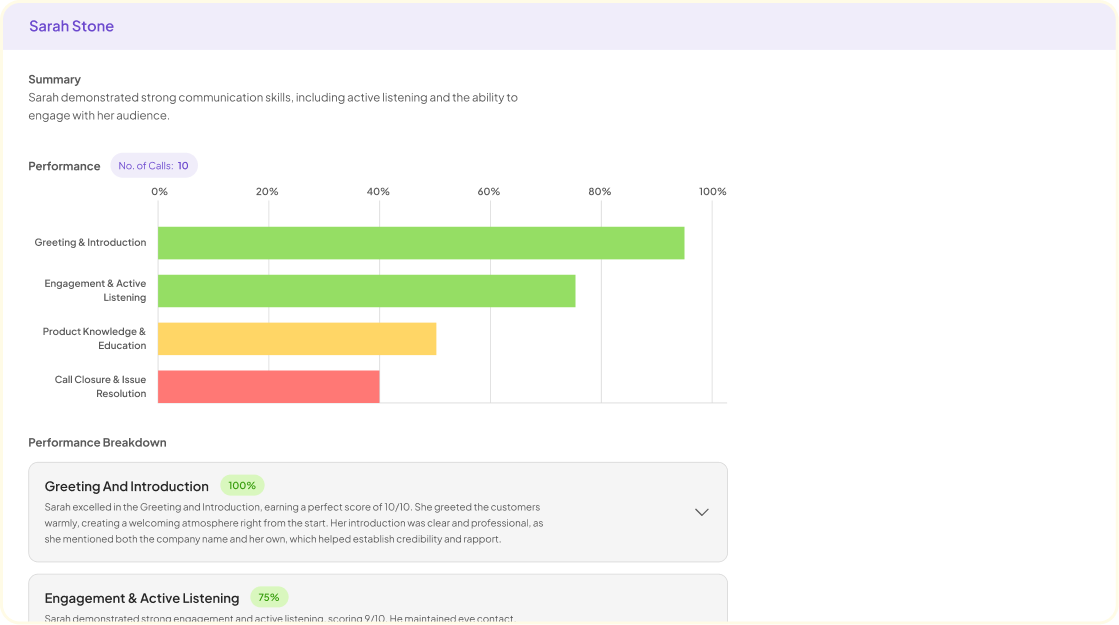Understanding Experience Design Synergy involves connecting User Experience (UX), Customer Experience (CX), and Service Design. Each discipline plays a unique role in shaping how users interact with products, services, and brands. However, when these elements work together harmoniously, they create comprehensive experiences that truly resonate with users.
This synergy enhances user satisfaction and loyalty, ultimately driving business success. By recognizing the strengths of UX, CX, and Service Design, organizations can craft experiences that address real user needs and expectations. In this section, we will explore how aligning these three domains can lead to impactful design strategies that foster engagement and advocacy.
The Components of Experience Design Synergy
Experience Design Synergy encompasses the integration of UX (User Experience), CX (Customer Experience), and Service Design. These components work together to create a cohesive and meaningful experience for users. Understanding their interrelation is crucial for maximizing overall satisfaction and engagement. By focusing on design synergy, organizations can align their goals with user expectations while fostering loyalty and advocacy.
To achieve this synergy, a few key components should be considered. First, understanding user needs is essential. This includes researching pain points and desires through data-driven insights. Second, collaboration among multidisciplinary teams can enhance creativity and problem-solving. Finally, continuous evaluation and iteration allow for adjustments based on real-time feedback, ensuring the design remains relevant and effective. Emphasizing these elements not only improves usability but also strengthens brand identity and trustworthiness.
User Experience (UX): Creating Seamless Interactions
User experience (UX) is crucial for creating seamless interactions between users and products. To achieve this, designers must consider various elements that contribute to a smooth experience. These include understanding user pain points and optimizing usability to enhance satisfaction. A focus on intuitive interfaces and effective navigation leads to a more engaging overall experience.
Experience design synergy emerges when UX seamlessly integrates with customer experience (CX) and service design. This alignment ensures that every touchpoint resonates positively with the user, reinforcing brand loyalty. For example, by analyzing user feedback, organizations can identify friction points and make necessary adjustments. This iterative process not only improves interfaces but also builds lasting relationships with users. Ultimately, prioritizing UX in product design fosters enriched interactions and elevates the entire user journey.
Customer Experience (CX): Building Emotional Connections
Customer experience (CX) is integral to forming emotional connections with customers, shaping their perceptions and interactions with a brand. This connection goes beyond mere transactions, emphasizing the importance of understanding customers' feelings and needs. By fostering a positive CX, businesses can create memorable experiences that resonate on a personal level, ultimately leading to brand loyalty and advocacy.
To achieve this, companies can adopt several key strategies. First, they should prioritize personalization, tailoring experiences to meet individual preferences and expectations. Second, feedback mechanisms are essential; listening to customer insights can guide improvements and demonstrate that their opinions matter. Lastly, consistency across all touchpoints ensures customers feel valued and recognized, reinforcing emotional bonds. This holistic approach thrives on the concept of Experience Design Synergy, where UX, CX, and service design converge to create impactful journeys that truly connect with customers.
Service Design in the Context of Experience Design Synergy
Service design plays a crucial role in achieving Experience Design Synergy, where different components of a service come together seamlessly. It focuses on optimizing the overall experience by ensuring all touchpoints are thoughtfully designed. This holistic approach not only enhances user satisfaction but also aligns with customer expectations. When service design is executed effectively, it creates a cohesive environment that supports both the user experience (UX) and customer experience (CX).
An essential aspect of experience design synergy is collaboration among different disciplines. Cross-functional teams can identify pain points and opportunities for improvement, streamlining processes to deliver exceptional service. Moreover, incorporating user feedback into the design process fosters innovation. This synergy strengthens brand loyalty and encourages repeat interactions, contributing to long-term business success. In essence, service design is not an isolated task but rather a vital part of a dynamic experience that shapes how customers perceive and interact with a brand.
Integrating UX and CX through Service Design
Integrating user experience (UX) and customer experience (CX) through service design creates a holistic approach that enhances overall satisfaction. Experience Design Synergy occurs when organizations blend these perspectives to offer a seamless journey, considering both user needs and emotional connections. This integration ensures that every touchpoint within the service reflects the same values and quality, leading to better engagement.
💬 Ask About This Article
Have questions? Get instant answers about this article.
To successfully integrate UX and CX, consider these key elements:
User Research: Gather insights into user behaviors and preferences. This helps inform design decisions that resonate with your audience.
Collaboration: Foster communication between UX and CX teams. Their combined insights can create more comprehensive service designs.
Prototyping and Testing: Develop and iterate on service designs using feedback from both users and customers. This enables continuous improvement based on real-world interactions.
Cross-Channel Consistency: Ensure that experiences across various channels are aligned. This consistency reinforces brand loyalty and trust.
By adopting these practices, organizations can create a unified experience that meets user needs while nurturing customer relationships.
Journey Mapping as a Tool for Service Excellence
Journey mapping serves as a strategic tool to enhance service excellence, fostering the synergy needed in experience design. By outlining the customer journey step-by-step, organizations can gain insights into the various touchpoints that interact with customers. This method enables a comprehensive understanding of customer emotions, expectations, and pain points throughout their experience, thereby driving improvements.
To successfully implement journey mapping, organizations should consider three essential components. First, Define Personas, creating detailed profiles that represent various customer segments. Second, Map Touchpoints, identifying each interaction customers have with your service. Finally, Analyze Data, where insights gathered inform strategies for improvement. By utilizing these elements effectively, businesses can create a unified experience that delights customers and boosts satisfaction. Ultimately, journey mapping is a powerful approach that not only uncovers areas for enhancement but also promotes collaboration between teams, ensuring a holistic view of the customer experience.
Conclusion: Harmonizing Experience Design Synergy for Success
Success in the realm of UX, CX, and service design hinges on the ability to harmonize various experiences seamlessly. By focusing on Experience Design Synergy, organizations can create a cohesive environment where user interactions are thoughtful and meaningful. This synergy not only improves customer satisfaction but also boosts brand loyalty, as users feel valued and understood at every touchpoint.
To achieve this balance, it is essential to continually gather insights and iterate on design strategies. Engaging with users to understand their needs and feelings will enable teams to adapt and innovate effectively. In essence, by prioritizing Experience Design Synergy, organizations pave the way for sustainable success, ensuring that all stakeholders are aligned and inspired.
💬 Ask About This Article
Have questions? Get instant answers about this article.


